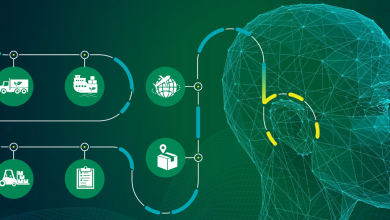
In an effort to increase productivity and enhance patient care, the healthcare industry is gradually implementing new technology. The patient insurance verification process has underone significant automation, replacing manual procedures with innovative software solutions.
The Issues with Manual Insurance Verification
Prior to the automated insurance verification era, confirming a patient’s insurance required a lot of manual effort. Employees were tasked with verifying coverage through provider calls, and managing lots of paperwork. This process often involved navigating through persistent phone queues and adapting to the diverse verification criteria of different providers, consuming considerable time and effort. The billing team could have easily made mistakes in the data which later led to claim denials.
Patient Insurance Verification: Why Automate It?
Automated insurance verification brings the following benefits:
Time Savings
Automated verification drastically reduces the workload for staff. Details like covered services, deductibles, and copays can be checked in real-time without phone calls or faxes. This frees up significant time for staff to focus on other important tasks.
Minimization of Claim Denials
Real-time verification minimizes claim errors by pulling the latest coverage data directly from payers. Clean claims get paid faster, reducing denial write-offs and improving revenue cycle performance.
Read more on this topic: https://approvedadmissions.com/handling-medical-billing-denials/
Improve Patient Experience
Providing accurate responsibility details upfront empowers patients with clear insight into their financial obligations. This enables facility staff to negotiate different payment options, preventing unexpected situations where patients may be unable to cover their portion of the bill.
Key Features of Automated Solutions
Leading automated insurance verification solutions usually have the following features:
- Real-Time Eligibility Checks. Software can check patient eligibility and benefits directly in real-time. This eliminates lengthy phone calls and replaces manual processes
- Automated Coverage Changes Tracking. Such tool can automate tracking of insurance coverage changes, and proactively alert the staff when there are any updates. This further ensures accuracy of the billing process.
- Benefits Summary. Software condenses lengthy payer documents into actionable summaries. These overview patient responsibility estimates, deductibles, copays, coinsurance, effective coverage dates, and other critical details.
- MBI Look-up. This feature can streamline the process of obtaining and verifying Medicare beneficiary information.
Integrating Automated Insurance Verification
The right insurance verification tool should easily integrate with other healthcare billing software, electronic health records (EHRs), practice management systems, and other platforms your practice uses. This eliminates manual data entry, further reducing the chance of errors.
Modern eligibility verification platforms utilize automation to extract information from various sources without needing a developer. Check if the software provider offers this option, as it will save your team time and resources.
The Future is Automated
Automating insurance verification represents an inevitable shift in administrative and billing processes. As technology advances, automation will expand further, providing greater efficiency, accuracy, and convenience for healthcare providers.






